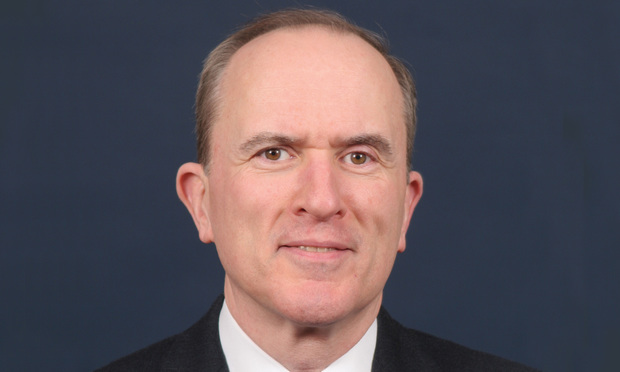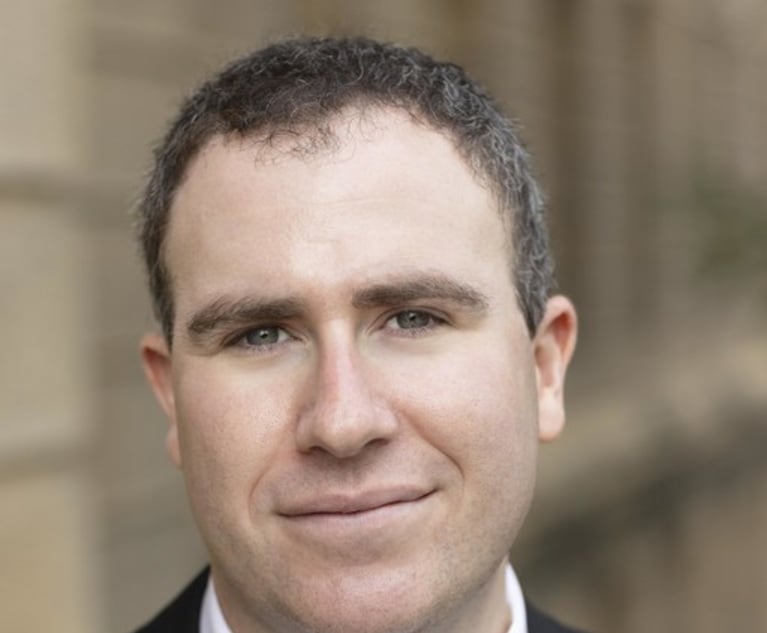 Francis J. Serbaroli
Francis J. Serbaroli Insurers, Hospitals Face Audits for Health Care Reform Act Surcharges
In his Health Law column, Francis J. Serbaroli takes another look at the troubles faced by insurers, hospitals and other health care providers when they are subjected to audits of their payments of surcharges required under New York's Health Care Reform Act of 1996. He reviews the history of this law, the services covered and how the surcharges are calculated, and the problems that arise when these audits take place, and offers advice on how to deal with issues raised in the course of these audits.
January 21, 2021 at 12:00 PM
12 minute read
In its continuing efforts to maximize revenue collection, New York state continues to aggressively audit insurers to determine if they have accurately paid statutory surcharges on bills for medical services provided to patients by licensed facilities such as hospitals, clinics, ambulatory surgery centers, and other providers. These surcharges were mandated by the Health Care Reform Act of 1996 (HCRA) (Ch. 639 Laws of 1996), and they apply not just to traditional health insurers and managed care plans, but to all insurers that provide coverage for medical services provided in health care facilities. These include property and casualty insurers, Workers' Compensation carriers, automobile no-fault insurers, and others. They also apply to hospitals and other licensed facilities. We offer here a primer on the HCRA surcharges, how these audits are being carried out, and pitfalls to avoid.
History
From 1983 to 1997, the state of New York strictly regulated inpatient hospital reimbursement rates under what was known as New York's Prospective Hospital Reimbursement Methodology (NYPHRM). Under NYPHRM, the state subsidized losses incurred by hospitals that were attributable to uncompensated care, known as Bad Debt and Charity Care (BDCC), for those hospitals that had higher rates of charity services. The program also subsidized approximately 40% of the costs of graduate medical education (GME) residency programs in New York. NYPHRM financed both BDCC and GME by setting fixed rates that hospitals could charge for in-patient procedures. There was no competitive rate negotiation.
This content has been archived. It is available through our partners, LexisNexis® and Bloomberg Law.
To view this content, please continue to their sites.
Not a Lexis Subscriber?
Subscribe Now
Not a Bloomberg Law Subscriber?
Subscribe Now
NOT FOR REPRINT
© 2025 ALM Global, LLC, All Rights Reserved. Request academic re-use from www.copyright.com. All other uses, submit a request to [email protected]. For more information visit Asset & Logo Licensing.
You Might Like
View All
Shifting Sands: May a Court Properly Order the Sale of the Marital Residence During a Divorce’s Pendency?
9 minute read
Tortious Interference With a Contract; Retaliatory Eviction Defense; Illegal Lockout: This Week in Scott Mollen’s Realty Law Digest


Court of Appeals Provides Comfort to Land Use Litigants Through the Relation Back Doctrine
8 minute readLaw Firms Mentioned
Trending Stories
- 1US DOJ Threatens to Prosecute Local Officials Who Don't Aid Immigration Enforcement
- 2Kirkland Is Entering a New Market. Will Its Rates Get a Warm Welcome?
- 3African Law Firm Investigated Over ‘AI-Generated’ Case References
- 4Gen AI and Associate Legal Writing: Davis Wright Tremaine's New Training Model
- 5Departing Attorneys Sue Their Former Law Firm
Who Got The Work
J. Brugh Lower of Gibbons has entered an appearance for industrial equipment supplier Devco Corporation in a pending trademark infringement lawsuit. The suit, accusing the defendant of selling knock-off Graco products, was filed Dec. 18 in New Jersey District Court by Rivkin Radler on behalf of Graco Inc. and Graco Minnesota. The case, assigned to U.S. District Judge Zahid N. Quraishi, is 3:24-cv-11294, Graco Inc. et al v. Devco Corporation.
Who Got The Work
Rebecca Maller-Stein and Kent A. Yalowitz of Arnold & Porter Kaye Scholer have entered their appearances for Hanaco Venture Capital and its executives, Lior Prosor and David Frankel, in a pending securities lawsuit. The action, filed on Dec. 24 in New York Southern District Court by Zell, Aron & Co. on behalf of Goldeneye Advisors, accuses the defendants of negligently and fraudulently managing the plaintiff's $1 million investment. The case, assigned to U.S. District Judge Vernon S. Broderick, is 1:24-cv-09918, Goldeneye Advisors, LLC v. Hanaco Venture Capital, Ltd. et al.
Who Got The Work
Attorneys from A&O Shearman has stepped in as defense counsel for Toronto-Dominion Bank and other defendants in a pending securities class action. The suit, filed Dec. 11 in New York Southern District Court by Bleichmar Fonti & Auld, accuses the defendants of concealing the bank's 'pervasive' deficiencies in regards to its compliance with the Bank Secrecy Act and the quality of its anti-money laundering controls. The case, assigned to U.S. District Judge Arun Subramanian, is 1:24-cv-09445, Gonzalez v. The Toronto-Dominion Bank et al.
Who Got The Work
Crown Castle International, a Pennsylvania company providing shared communications infrastructure, has turned to Luke D. Wolf of Gordon Rees Scully Mansukhani to fend off a pending breach-of-contract lawsuit. The court action, filed Nov. 25 in Michigan Eastern District Court by Hooper Hathaway PC on behalf of The Town Residences LLC, accuses Crown Castle of failing to transfer approximately $30,000 in utility payments from T-Mobile in breach of a roof-top lease and assignment agreement. The case, assigned to U.S. District Judge Susan K. Declercq, is 2:24-cv-13131, The Town Residences LLC v. T-Mobile US, Inc. et al.
Who Got The Work
Wilfred P. Coronato and Daniel M. Schwartz of McCarter & English have stepped in as defense counsel to Electrolux Home Products Inc. in a pending product liability lawsuit. The court action, filed Nov. 26 in New York Eastern District Court by Poulos Lopiccolo PC and Nagel Rice LLP on behalf of David Stern, alleges that the defendant's refrigerators’ drawers and shelving repeatedly break and fall apart within months after purchase. The case, assigned to U.S. District Judge Joan M. Azrack, is 2:24-cv-08204, Stern v. Electrolux Home Products, Inc.
Featured Firms
Law Offices of Gary Martin Hays & Associates, P.C.
(470) 294-1674
Law Offices of Mark E. Salomone
(857) 444-6468
Smith & Hassler
(713) 739-1250






